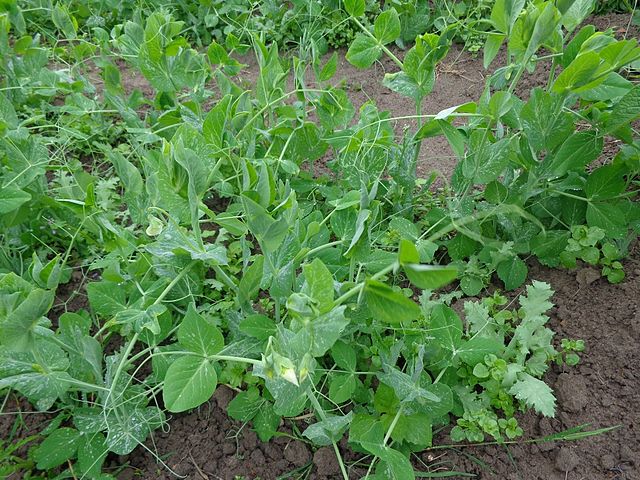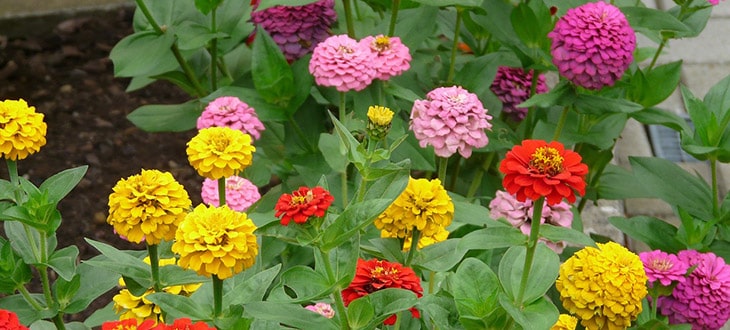Do Annuals Come Back Every Year?
Do annuals come back every year or will they die off after one season? We have answered this question for you in detail in this article.
Annual plants are plants that complete their life cycle in one growing season. This means that they germinate, grow, flower, and produce seeds all within one year, after which they die. Unlike perennial plants, which come back year after year, annuals do not come back on their own.
Many perennial or biennial plants are sometimes grown as annual plants, depending on the climate or the desired crop outcome.
Because some plants are typically grown as annuals in one particular area, you may assume they are annuals, but they may actually be biennials or perennials in other areas. For instance, the tomato plants. They are almost everywhere grown as annual, but they are actually perennial plants.
It is important to note that some annual plants, such as sweet peas and some species of poppies, will self-seed, meaning that their seeds will fall on the ground and germinate the following year. However, these plants will not come back as the same plant that they were the previous year. They will be new plants that have grown from the seeds that the previous year’s plants produced.
If a plant comes back the next year from the same plant, we cannot speak of an annual plant, but of a perennial or biennial plant.
Why Grow Annual Plants?
Just because they finish their life cycle within one year, this doesn’t mean that annual plants don’t have uses or benefits.

A few advantages of annual plants over perennial and biennial plants include:
- Variety: Annual plants come in a wide variety of colors, sizes, and shapes. This allows gardeners to create a diverse and colorful display in their gardens. Annual flower species also make great cut flowers.
- Seasonal interest: Because annuals complete their life cycle in one growing season, they provide a continuous display of color and interest throughout the growing season.
- Flexibility: Annuals can be planted in different areas of the garden each year, allowing for a change in design and color scheme.
- Easy care: Annual plants require less maintenance than perennial or biennial plants. They do not need to be divided or removed from the garden each year, as they will die off naturally at the end of the growing season.
- Quick results: Annual flowers can be planted in the spring and will bloom throughout the summer, providing a colorful display in the garden in a relatively short period of time. The edible plants will also deliver fast yields.
- Cost-effective: Annuals are often less expensive than perennial or biennial plants, especially if you are looking to buy new plants each year.
- Ideal for warm climates: Annuals are well suited for warm climates where perennials and biennials may not survive.
- Great for container gardening: Annuals are ideal for container gardening as they are easy to maintain and can be changed from year to year.
Some popular annual flowers include marigolds, zinnias, and petunias. These plants can be planted in the spring and will flower throughout the summer, providing a colorful display in the garden.
A few examples of annual plants commonly grown in the garden, include cucumbers, beans, zucchini, spinach, watermelon, pumpkins, etc.
Conclusion
In conclusion, annual plants do not come back year after year like perennial plants do. They complete their life cycle in one growing season, after which they die. They are often used in gardening and landscaping to provide a colorful display for a single growing season, or for crops with fast yields.
Some annual plants will self-seed, but they are still annuals as the plants that emerge from the seeds are entirely new plants, independent from the old plant that has delivered the seeds.
If you want to learn more about the differences between annual, biennial, and perennial plants, we recommend you read our article titled “What is an annual, perennial, and biennial plant?“

